In recent times, the Dak Lak Provincial Women's Union has implemented many initiatives, models and practical activities to promote the role of young people, especially ethnic minority youth, in the prevention and fight against child marriage and consanguineous marriage. These activities not only contribute to raising awareness in the community but are also concrete steps in implementing Project 8 "Achieving gender equality and solving urgent problems for women and children" - demonstrating persistent efforts in promoting gender equality and protecting the rights of women and children in ethnic minority and mountainous areas.
Vietnam Women's Newspaper interviewed Ms. Kim Thoa Adrong, Vice President of Dak Lak Provincial Women's Union , about Dak Lak's experience in promoting the endogenous resources of young people in pushing back bad customs and building a sustainable development journey.
PV: According to recent reports, child marriage is still common in our country, especially in the mountainous areas of the North, the Central Highlands and the Southwest. Dak Lak is a province in the Central Highlands, so what is the current situation of child marriage and incestuous marriage recently, Madam?
Ms. Kim Thoa Adrong: Dak Lak province has nearly 2 million people, with 49/54 ethnic groups living together. Of which, ethnic minorities account for 35%, mainly the Ede ethnic group (accounting for 19%).
According to statistics from Dak Lak province, in the period 2020 - 2024, the whole Dak Lak province recorded more than 1,700 cases of child marriage, mainly concentrated in the Ede, M'nong, Mong, and Gia Rai ethnic groups. Child marriage is common in economically disadvantaged areas, where awareness of the law, reproductive health, and gender equality is limited.
Consanguineous marriages are still less common in number. These cases usually occur among isolated ethnic groups, with close blood relationships.
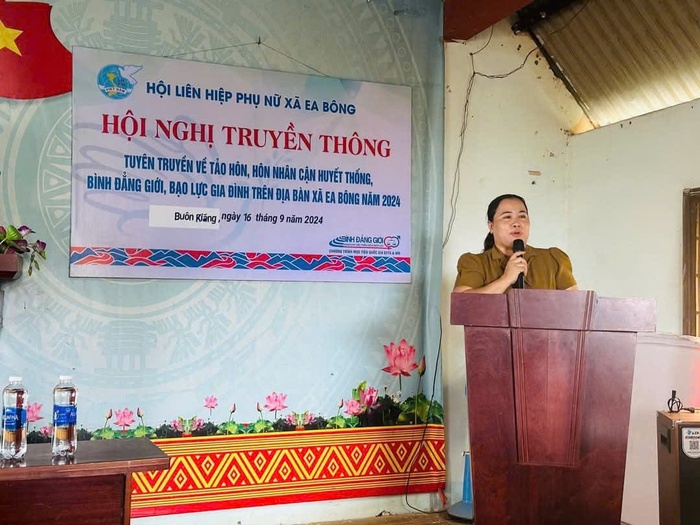
A communication program on preventing child marriage and incestuous marriage in Dak Lak province. Photo: Dak Lak Women's Union
PV: From your practical work at the grassroots level, in your opinion, what are the reasons why early marriage and incestuous marriage still persist in ethnic minority areas in the Central Highlands in general and Dak Lak in particular?
Ms. Kim Thoa Adrong: One of the reasons why early marriage and incestuous marriage still persist in remote areas of Dak Lak is because a part of the population still lacks legal knowledge and is heavily influenced by long-standing customs and cultural traditions.
Like some ethnic groups, bad customs such as early engagement and incestuous marriage to "preserve the family line" still exist. Notably, incestuous marriage tends to appear more in wealthy families, with the thought that children marrying within relatives will help prevent property from being lost. Children of aunts and uncles can still marry each other as long as they have different surnames.
In addition, socio-economic difficulties such as poverty and unemployment force many families to marry their children off early to reduce their burden. Many young people see marriage as a way out of an uncertain future. In some places, boys are forced to marry off early to avoid dividing property – which is mainly given to girls. In some cases, girls are forced to marry early because they need someone to help their parents with farming…
Reporter: It is known that Dak Lak has a creative approach, focusing on adolescents, pioneering the implementation of many models for adolescents to promote their inner strength in pushing back child marriage, incestuous marriage as well as other bad customs. Can you tell us why this approach is taken?
Ms. Kim Thoa Adrông: Previously, ethnic minority youth were placed outside of community life, considered to be mentally "immature", "at risk" of causing early marriage... People approached youth as "people in need of help".
Now the approach has changed, adolescents are seen as "community resources", they are not only a group that needs to be protected but also the main force in the process of preventing and combating child marriage and incestuous marriage, contributing to spreading awareness and creating positive changes in the community.
Promoting the role of young people is not only a humane solution but also an effective strategy. Because young people have many valuable assets such as: time, creative ideas, local connection, dreams and aspirations, family relationships, the role of teachers and enthusiasm and energy. These assets, if promoted, will contribute effectively to the work of preventing and combating child marriage and incestuous marriage.
I can briefly analyze as follows: Adolescents have a lot of free time , especially on weekends and holidays, but it is often not used effectively. Instead of wasting this time in aimless activities, they can participate in clubs, peer media groups or youth forums to raise awareness about gender, reproductive health and the law, thereby protecting themselves from the risk of child marriage.
Young people have a fresh mindset and are receptive to modern communication methods such as video , social networks, interactive drama, painting, rap, etc. When given the opportunity to design and implement creative communication activities, adolescents can create a profound impact in the community, especially with people of the same age - the group most vulnerable to child marriage.
Ethnic minority youth have an advantage in connecting with their locality because they were born and raised in the locality, understand the customs and practices, and easily approach their peers. They are the "insiders" who can convey messages in the most understandable and truthful way.
Young people who have overcome the risk of early marriage or actively participate in the community can become "ambassadors of change", contributing to building a new generation with more positive awareness and behavior...
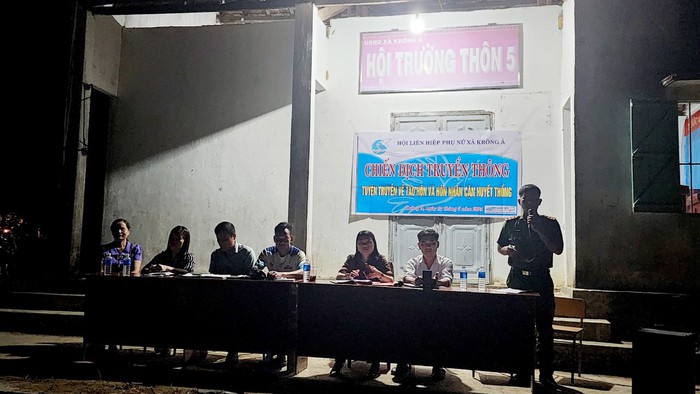
The Dak Lak Provincial Women's Union and all levels of the union have coordinated with departments, branches and organizations to implement many initiatives, models and practical activities to promote the role of youth, especially ethnic minority youth, to push back bad customs. Photo: Dak Lak Provincial Women's Union
PV: What are the models to promote the central role of youth in Dak Lak, madam?
Ms. Kim Thoa Adrông: In recent times, the Dak Lak Provincial Women's Union and all levels of the Union have coordinated with local authorities and departments to implement many models to promote the role of ethnic minority youth in preventing and repelling bad customs. Through these models, we have concluded that: When youth are trusted, empowered and supported, they can become inspirations, heritage keepers and change makers.
Some outstanding models include: " Ethnic minority women say no to child marriage" club. Although the name emphasizes women, the model has the active participation of both male and female youth. Members are trained in communication skills, legal knowledge, and reproductive health care, thereby becoming the core to promote changes in community awareness.
" Youth say no to child marriage" Club: An academic and skill-practicing playground where ethnic minority youth voluntarily participate, proactively propagate, dialogue and intervene in the community.
" Youth Voice " Forum: This model encourages young people to express their opinions through direct dialogue with government representatives, village elders and parents. This open space helps young people practice legal thinking and critical thinking skills, thereby improving their ability to control their behavior and build policies more suitable for their community.
Young people, together with local influential people such as village elders and village chiefs, form a unique "media alliance". Village elders act as a cultural bridge, and young people are the driving force for innovation, together building a multi-dimensional, receptive, and convincing voice.
PV: Thank you!
Source: https://phunuvietnam.vn/dak-lak-thanh-thieu-nien-dtts-khong-con-la-nguy-co-ma-la-nguon-luc-phong-chong-tao-hon-20250528212255187.htm


![[Photo] Da Nang residents "hunt for photos" of big waves at the mouth of the Han River](https://vphoto.vietnam.vn/thumb/1200x675/vietnam/resource/IMAGE/2025/10/21/1761043632309_ndo_br_11-jpg.webp)

![[Photo] Prime Minister Pham Minh Chinh meets with Speaker of the Hungarian National Assembly Kover Laszlo](https://vphoto.vietnam.vn/thumb/1200x675/vietnam/resource/IMAGE/2025/10/20/1760970413415_dsc-8111-jpg.webp)
![[Photo] Prime Minister Pham Minh Chinh received Mr. Yamamoto Ichita, Governor of Gunma Province (Japan)](https://vphoto.vietnam.vn/thumb/1200x675/vietnam/resource/IMAGE/2025/10/21/1761032833411_dsc-8867-jpg.webp)




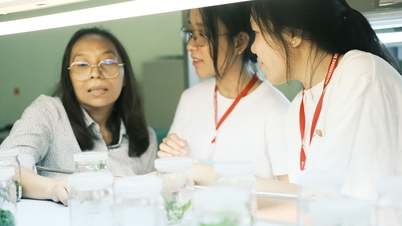
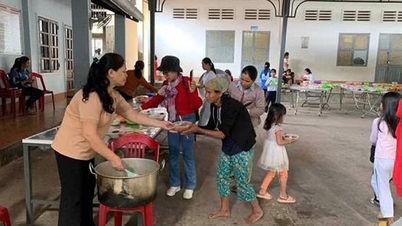



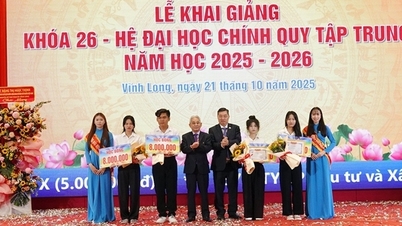



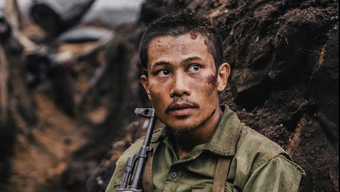


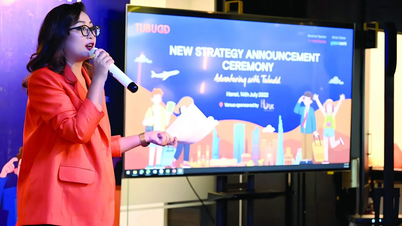





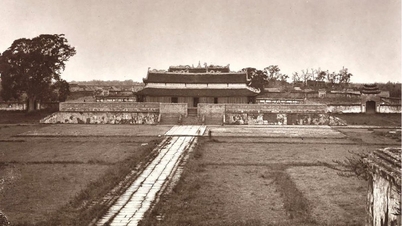

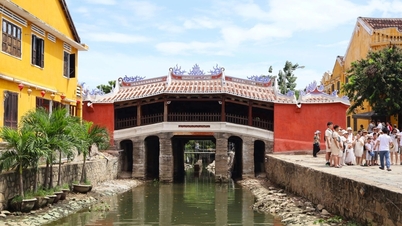

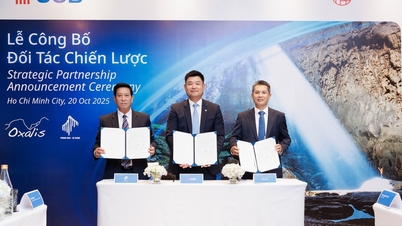

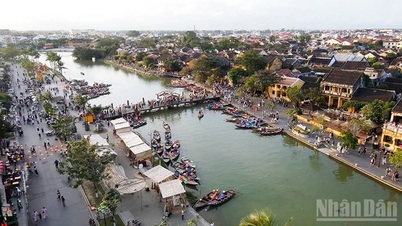

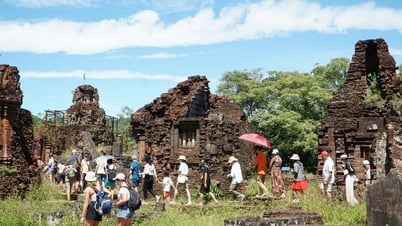



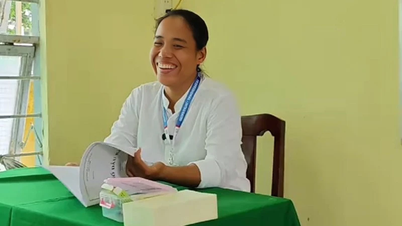
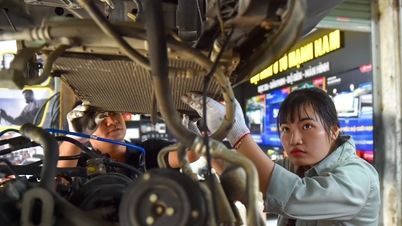

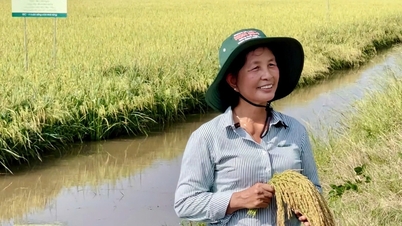

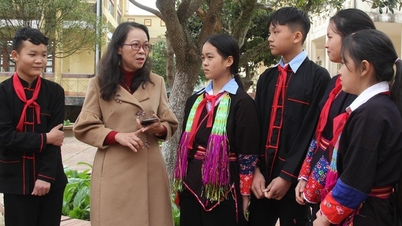

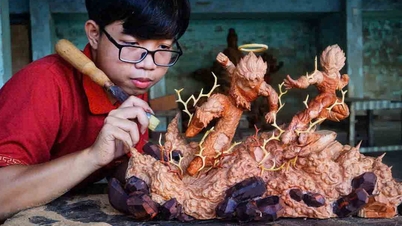



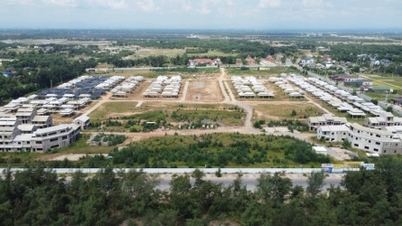

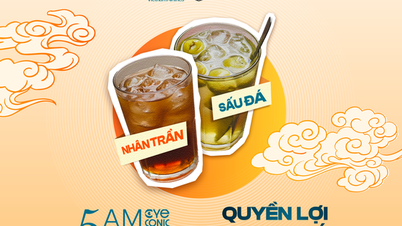


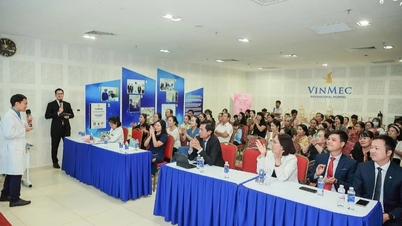



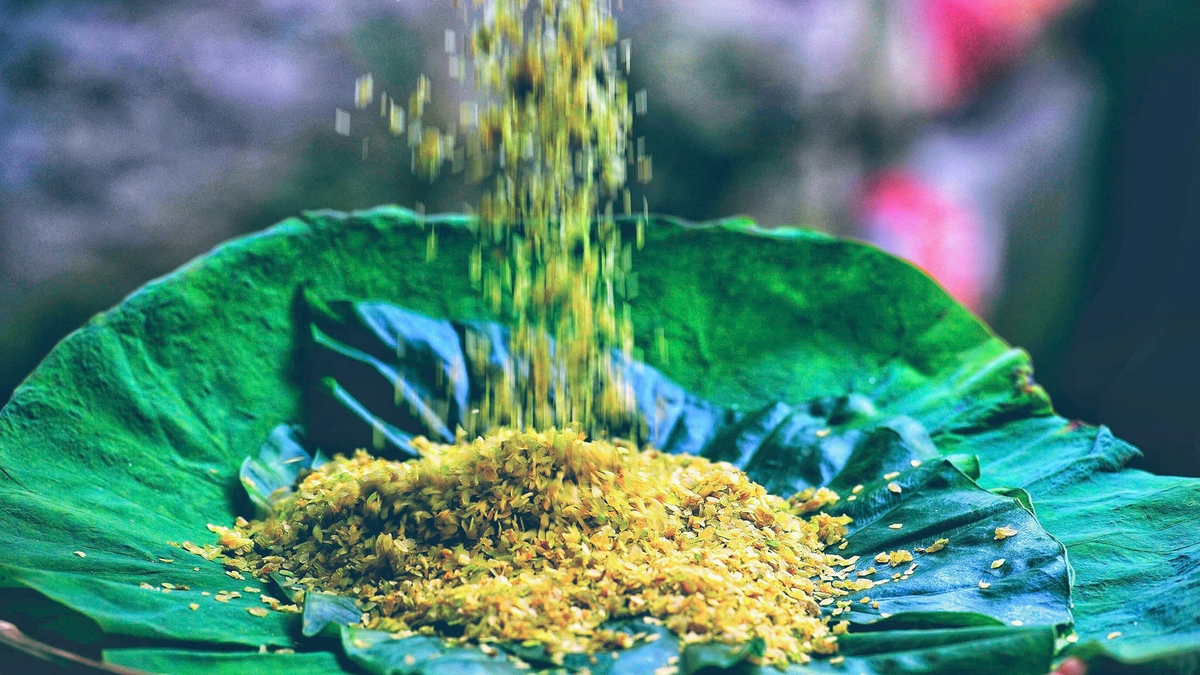
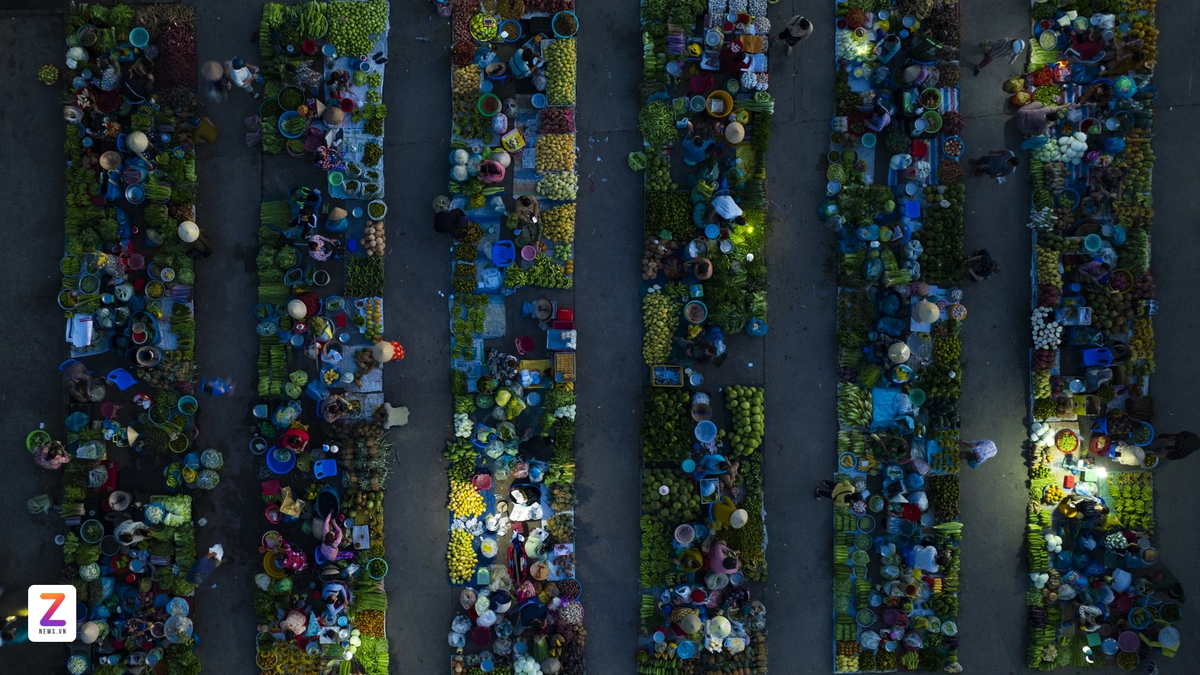

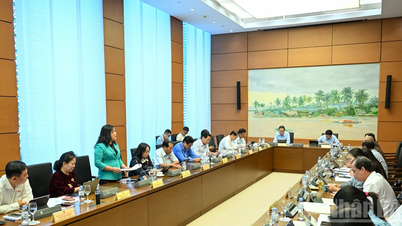

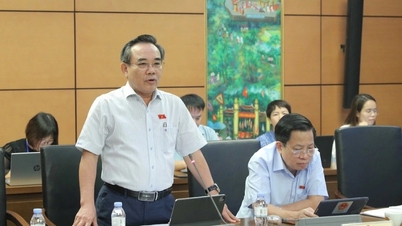
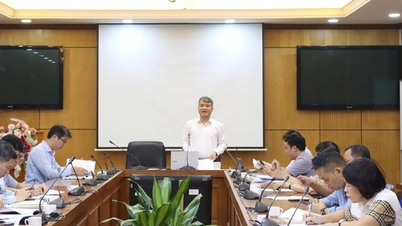
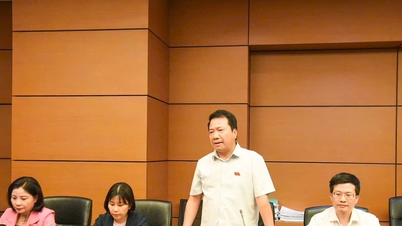

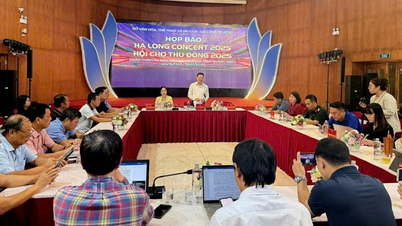


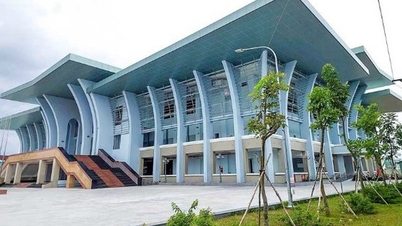
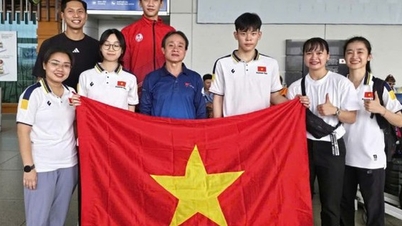

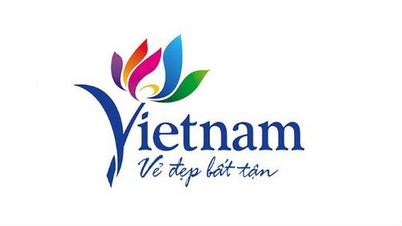
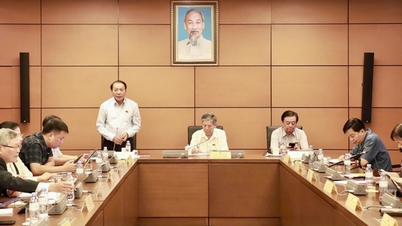


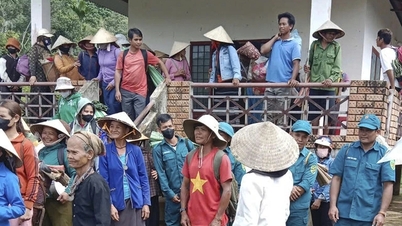

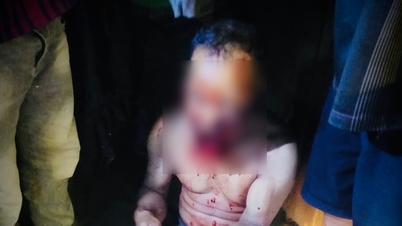

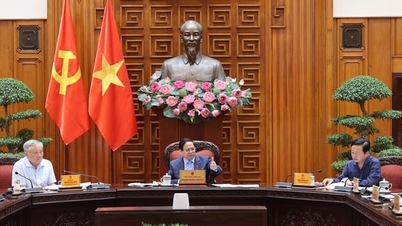
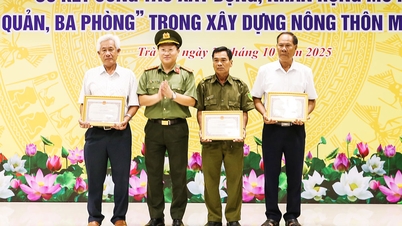

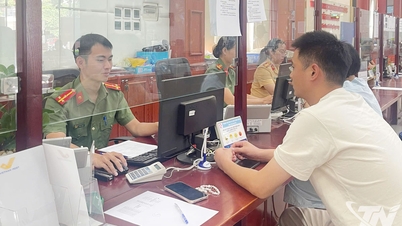







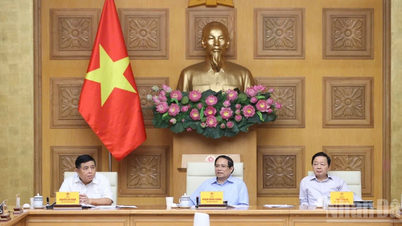
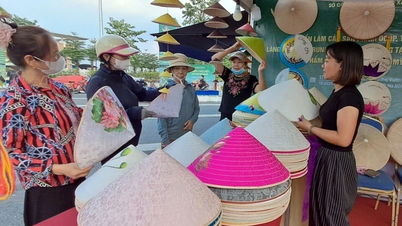
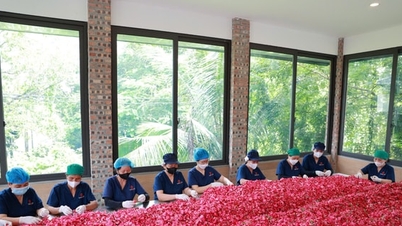



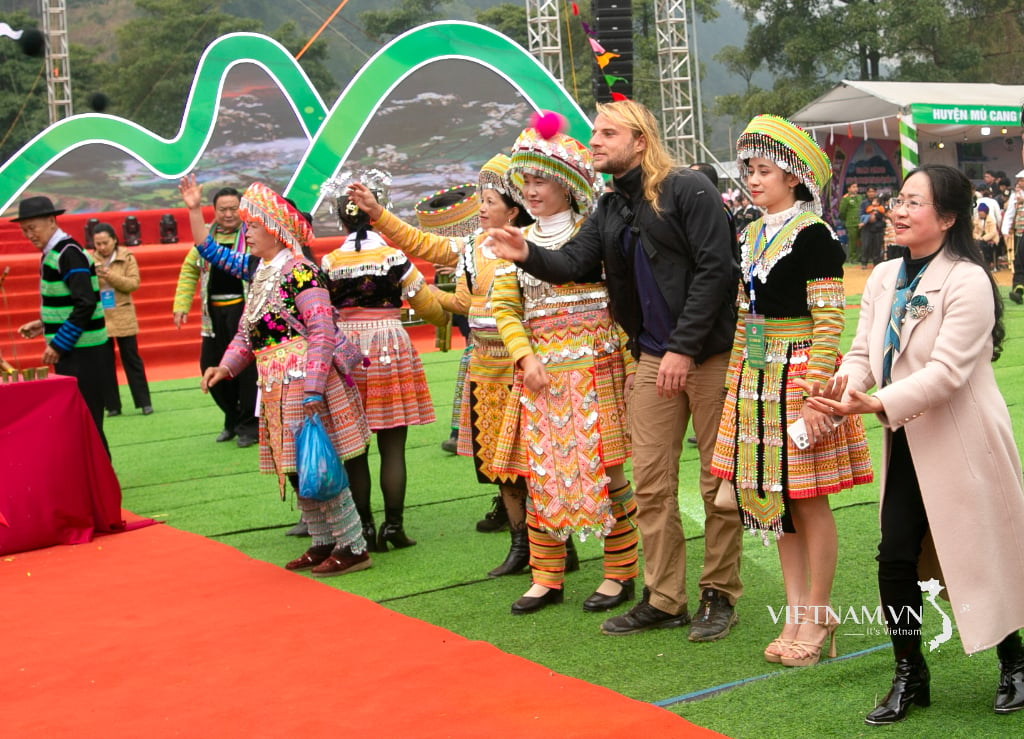

Comment (0)